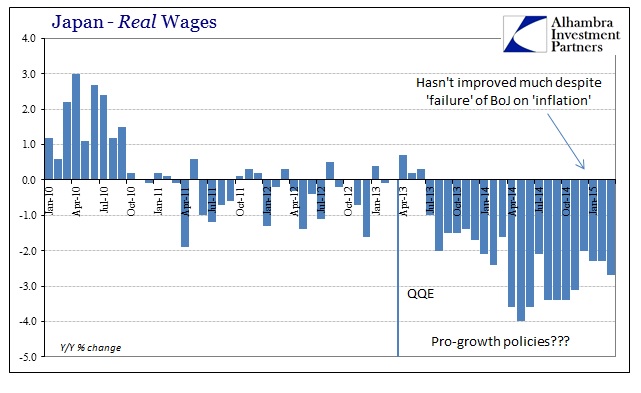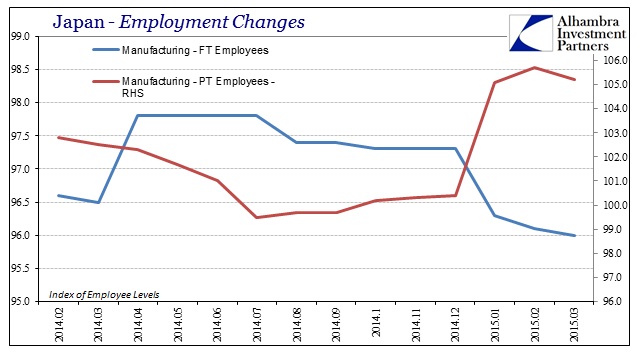From Makezine:
A month or so back, a Japanese company called exiii publicized its HACKberry 3D printed myoelectric prosthetic arm. With the help of Wevolver, an online platform for project documentation and sharing, exiii shared the plans as open hardware, encouraging Makers and hackers to build their own versions. Last week, upon reading a request by a reddit user for workout regimes for his recent-amputee brother, Wevolver’s Cameron Norris responded by offering the poster’s brother a custom printed aluminum version of HACKberry.
The arena of prosthetic limbs is one of many examples of the way 3D printing and other increasingly accessible DIY technologies are helping drive innovation. From fashionable wear on the runway at Maker Faire Bay Area to Nicolas Huchet’s adaptation of the InMoov arm for his own hand, printed prosthetics are beginning to flood what was once a highly expensive medical device market with DIY options that are not only affordable, but customizable and even fun.
Exiii’s version focuses on precision, as well as open hardware — Wevolver maintains a repository of the project plans and code.


Exiii does have a more agile, more expensive version that is not open source, a device called Handiii that incorporates a smartphone to process the EMG (electromyographic) data. “The purpose of disclosing HACKberry is to accelerate the development,” says Yamaura. “We have to improve its quality (particularly its durability) with the developers around the world.”
http://makezine.com/2015/06/16/open-source-prosthetic-hands-focus-function-personality/




















